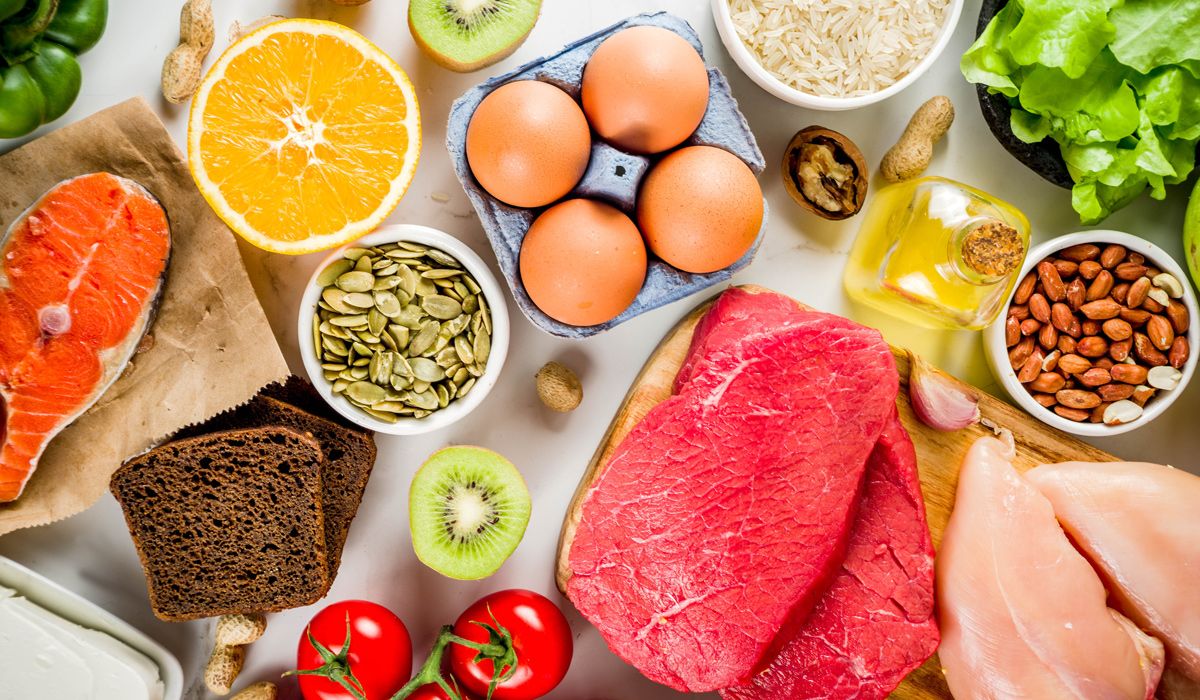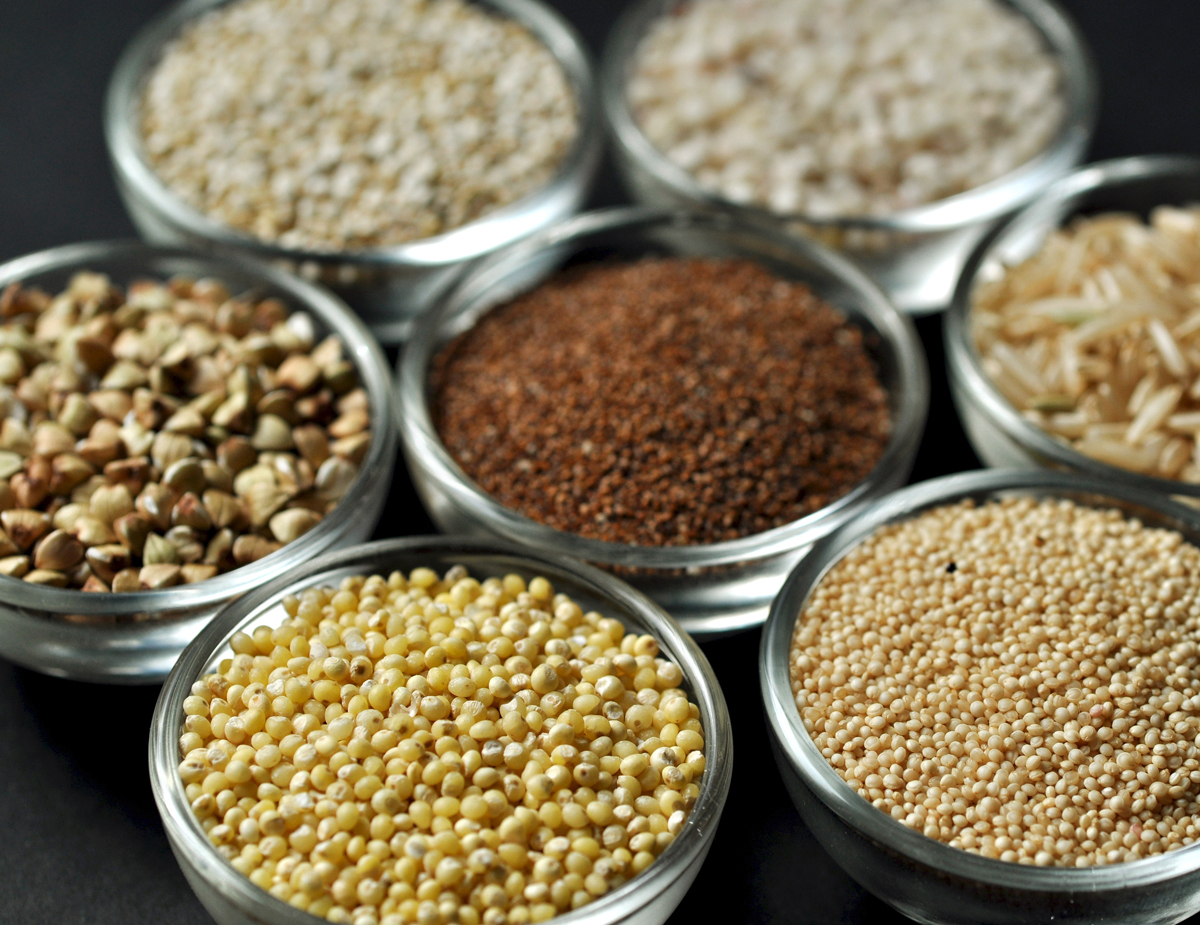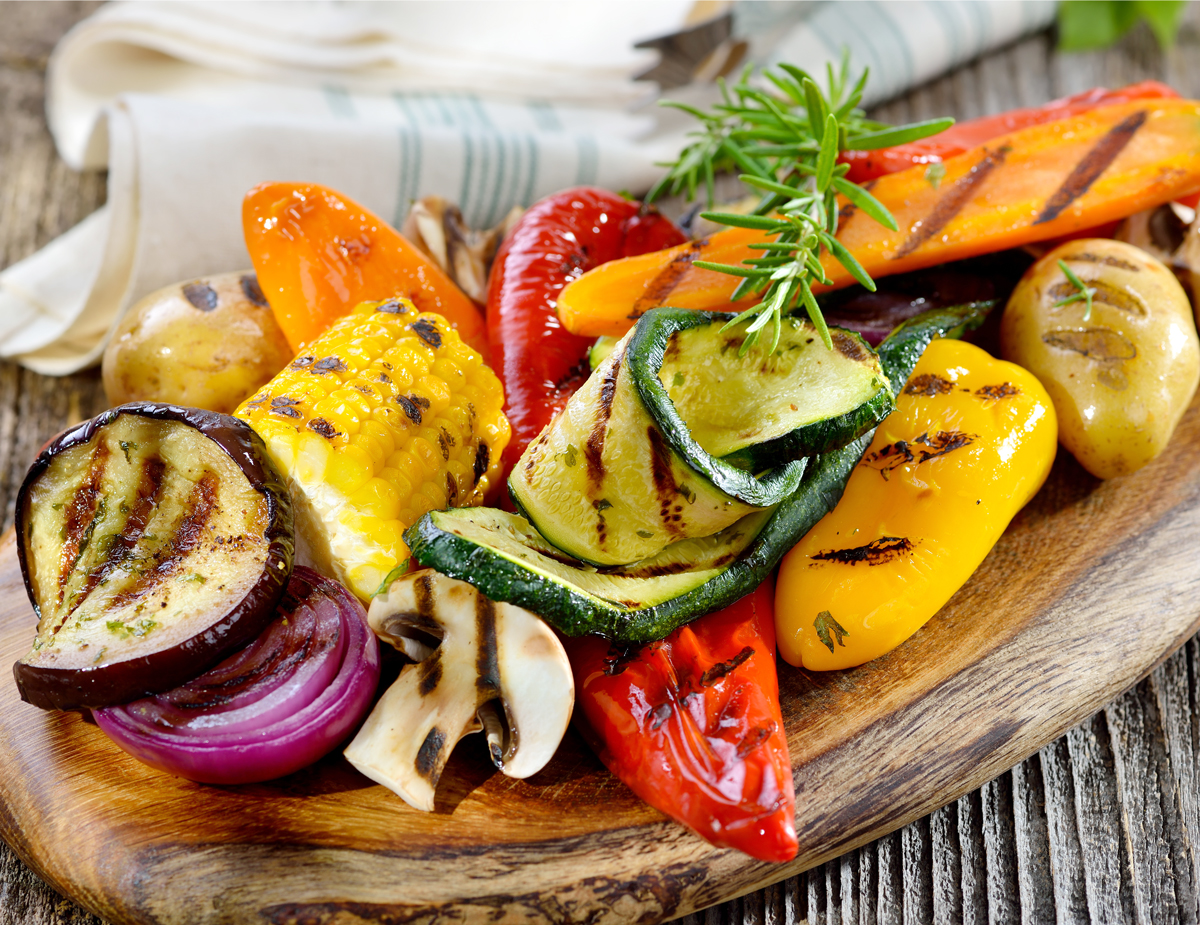
Maybe you’ve started to notice a pattern. You love to cook with onions, but each time you eat foods prepared with them your stomach is upset. You feel bloated, gassy, and in some cases, really ill.
Other foods may also be causing you digestive distress: garlic, apples, breads made with wheat, certain nuts. Keeping a food diary can help narrow down which foods seem to be causing you problems, but a visit to the doctor may confirm what may be the underlying issue: your irritated system can’t easily digest what the experts call FODMAPs.
What are FODMAPs?
FODMAP is an acronym for a type of carbohydrate, or sugar, found in certain foods. The acronym is a scientific mouthful: Fermentable Oligo-Di-Monosaccharides and Polyols. These carbohydrates, if not easily absorbed as they move through the intestines, can be rapidly fermented by bacteria in the gut, resulting in symptoms ranging from a feeling of fullness to nausea or pain. The FODMAPs are:
- Fructose: found in honey, certain fruits, high-fructose corn syrup
- Lactose: dairy products
- Fructans: garlic, onion, wheat (fructans is also known as inulin)
- Galactans: legumes, such as lentils, chickpeas, soy
- Polyols: stone fruits, such as avocado or peaches; artificial sweeteners with sorbitol, mannitol, xylitol
A low-FODMAP diet is not a long-term solution to chronic digestive issues, like irritable bowel syndrome. Rather, it’s a short-term option, allowing time for the irritated system to calm down.
If your health care provider recommends that you consume foods low in FODMAPs, the diet typically lasts two to six weeks, before slowly reintroducing higher FODMAP foods, one at a time, to your tolerance. Why add them back? It’s because foods high in FODMAPs have nutritional benefits, as part of a well-balanced diet.
Foods low in FODMAPs
Plenty of fruits, vegetables and other foods are intestine friendly, or low in FODMAPs:
- Fruits: blueberries, kiwi fruit, grapes, oranges, strawberries, melons
- Vegetables: carrots, celery, leafy greens, spinach, squash, tomatoes, white and sweet potatoes, other root vegetables
- Other foods: all meats, grains made with gluten-free/spelt grains (rice, oats, quinoa), eggs, maple syrup, all fats, most spices and herbs, vinegars, olive oil
Need meal ideas? Your doctor may provide you with snack and meal suggestions. Registered dieticians are also a good resource for low-FODMAP recipes.
Tips while eating low-FODMAP diet
Experts suggest these tips for those on a temporary low-FODMAP diet:
- Ensure you’re getting enough fiber. Your doctor may suggest that you take a prebiotic fiber supplement, usually in powder form and easily dissolvable in liquids.
- Pay attention to serving sizes. Avoid consuming too many low-FODMAP foods in one sitting, which can add up to too many FODMAPs.
- Read food labels. Avoid foods with high-fructose corn syrup, honey, inulin, wheat and soy. However, if these ingredients are at the end of the ingredients list, the food could be considered low in FODMAPs.
- Drink plenty of water.
Sources and suggested links
Oregon Health Sciences University: Common Diets in Gastrointestinal Disorders
Oregon Health Sciences University, Center for Women’s Health: What you need to know about IBS
The Oregon Clinic: Low-FODMAP Diet
Providence Health & Services, Oregon and Southwest Washington: Video
Fun without FODMAPS: Easy Low-FODMAP Recipes from dieticians
Explore More Topics
Related Posts
- Kickstart the Year with an Alcohol-Free January
Join the alcohol-free January movement with a wide range of zero-proof drink options at Market of Choice.
- Seven Gluten-Free Grains and How to Enjoy Them
Eating gluten-free doesn’t mean giving up on all grains. In fact, there are only a few grains you need to avoid.
- Grill summer vegetables, fruits for easy seasonal flavor
With so much of summer’s bounty making its way from the farms to your grocery basket this time of year, finding new ways to enjoy it is key.



